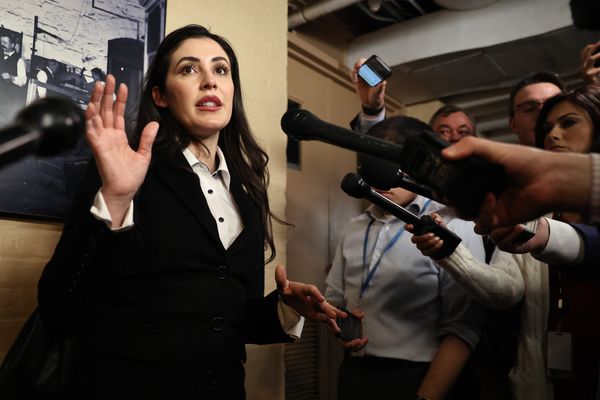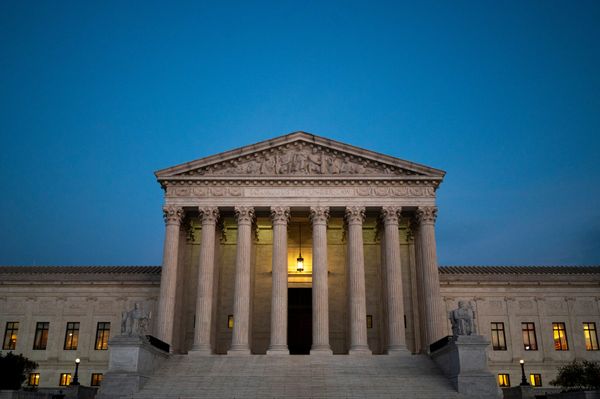
Google says its A.I.-powered flood prediction program, the Flood Forecasting Initiative it first rolled out in 2018, can now issue life-saving forecasts seven days in advance, up from 48 hours.
“Considering the importance and harms of flooding now, with tens of thousands of fatalities a year and hundreds of millions of people affected, there has been a really major gap in the availability of reliable and actionable flood forecasting systems,” says Sella Nevo, the lead engineer on Google’s flood forecasting initiative.
Google’s updated forecasting system uses what Nevo calls “globally available data,” such as weather reports and satellite imagery, to predict future flooding events, whereas previously Google’s system relied heavily on data gleaned from river gauges—on-site sensors that measure the flow rate and volume of a river.
River gauges only show when a river is already swelling, indicting an imminent flood, but analysing weather pattens allows Google to pre-empt the river swelling and issue earlier warnings. Focusing on broader, public data also makes the flood prediction system scalable to a global level, since the machine learning model is able to use data from river basins with a history of inundation to predict floods in basins that the model has no historic data on.
Nevo says Google’s improved prediction model can forecast floods remotely with “significantly” greater accuracy than the current global standard for flood warnings, the EU-led Global Flood Awareness System (GloFAS). Providing accurate predictions can help save thousands of lives in a flood.
But, once a prediction is made, warning people on the ground is the second part of the puzzle that Google is solving, mostly through its Global Flood Hub site—the interactive user-facing side of the initiative.
“Flood Hub has been through a total revamp,” Nova says. The Google Maps-like Flood Hub site displays flood alerts as red markers pinned to the area in danger. Clicking the marker brings up a chart that shows the water level in the flood relative to a normal and dangerous amount.
But, just in case users aren’t actively monitoring the Flood Hub, Google also issues direct alerts through Google Search and Google Maps services, and even pings notifications to Google users that are in harm’s way. Sella says the company sent out 115 million flood notification warnings last year.
Google does all of this—parsing data, predicting floods, and sharing that information with NGOs and governments to improve their disaster mitigation services—for free. Flood Hub is part of the company’s AI for Social Good platform and Nevo says he doubts Google will ever charge for the life-saving service Flood Hub was built to provide.
Whether Google one day reconfigures Flood Hub tools to build commercial products, such as flood prediction services for agriculture, is another matter. Although Nevo notes the data that farmers would be interested in—such as the duration of a flood—is much more nuanced than the general disaster warning Flood Hub is currently capable of.
“We genuinely can provide everything for free quite sustainably” Nevo says, referring to Flood Hub in its current iteration. “So the type of work that we do today, I don’t think we’ll ever ask for money.”
Eamon Barrett
greeninc.news@gmail.com
@eamonbarrett88







